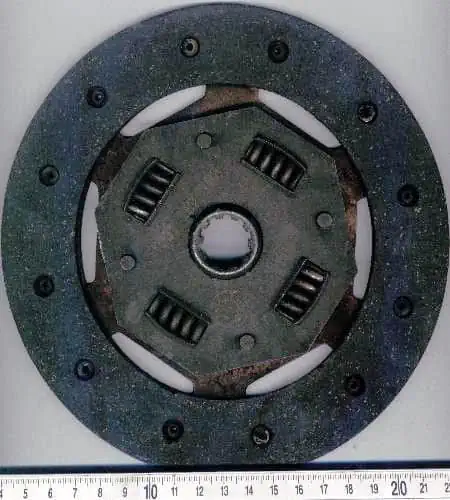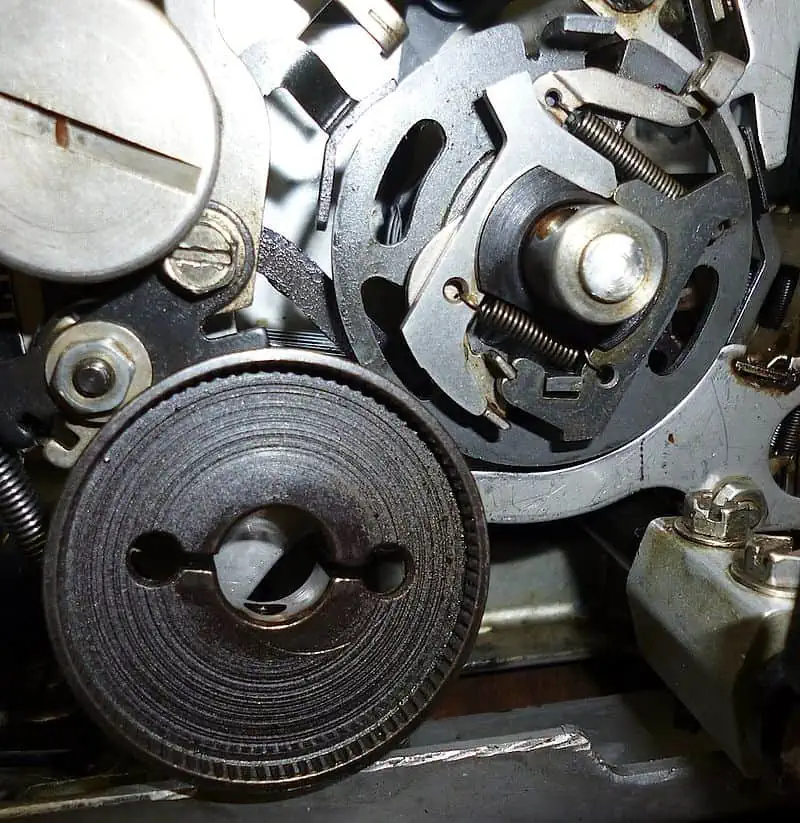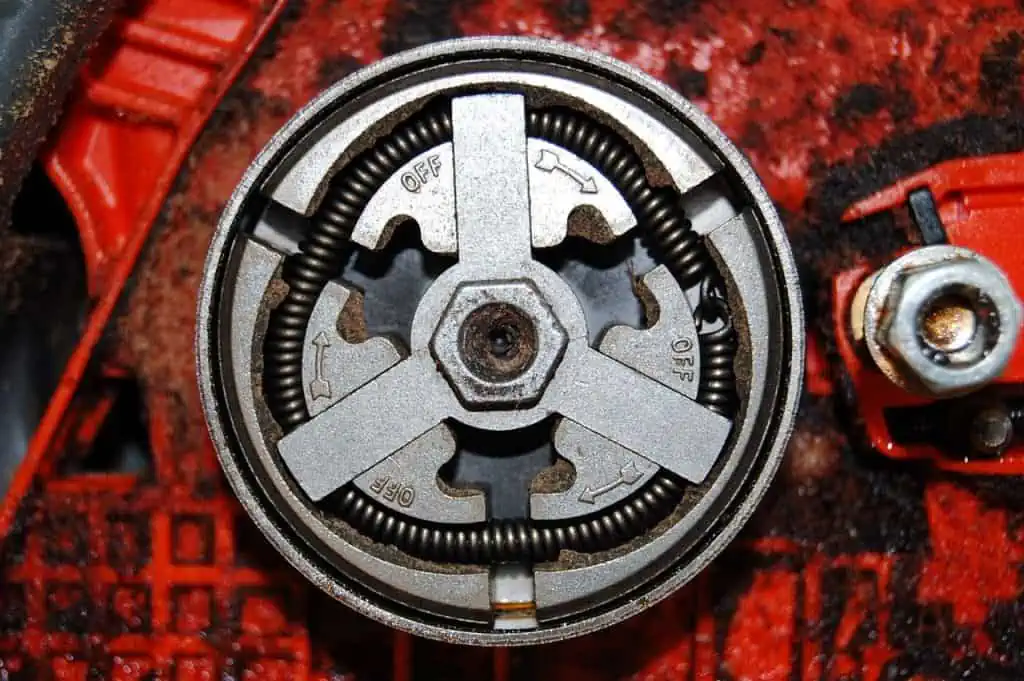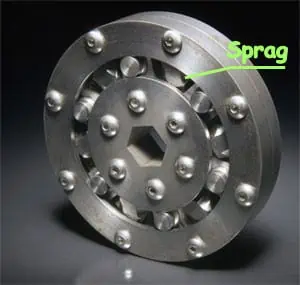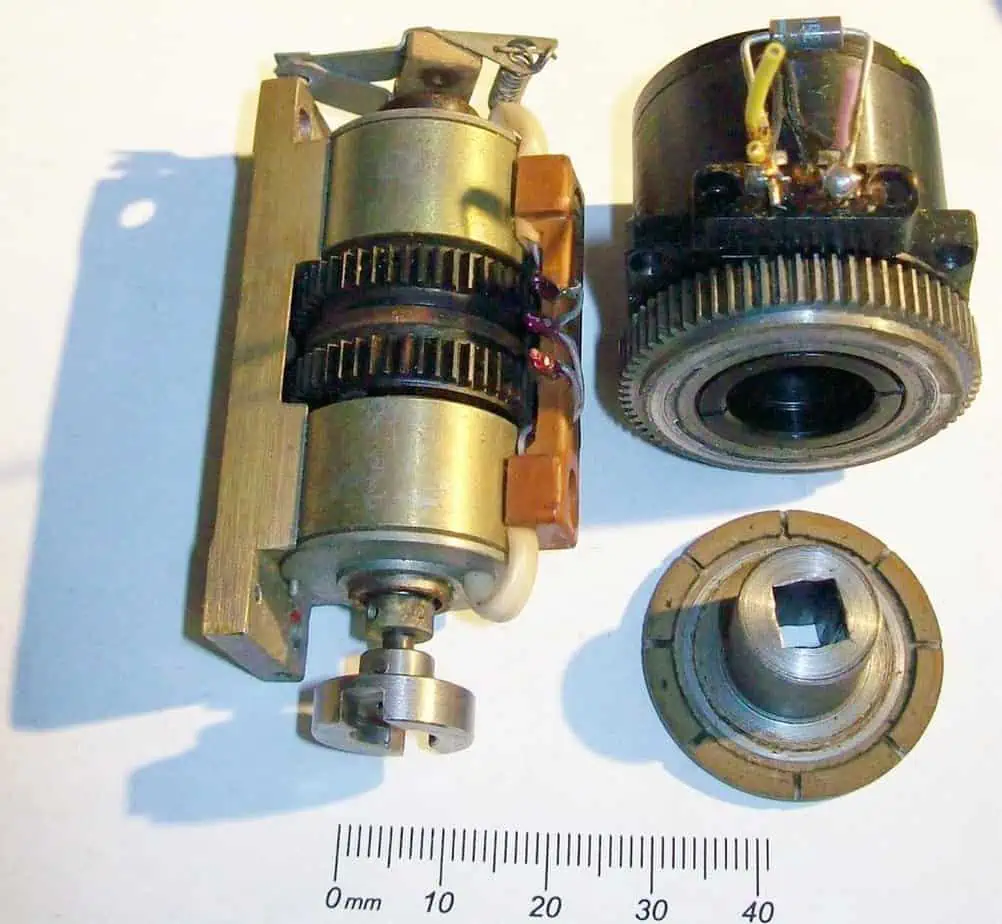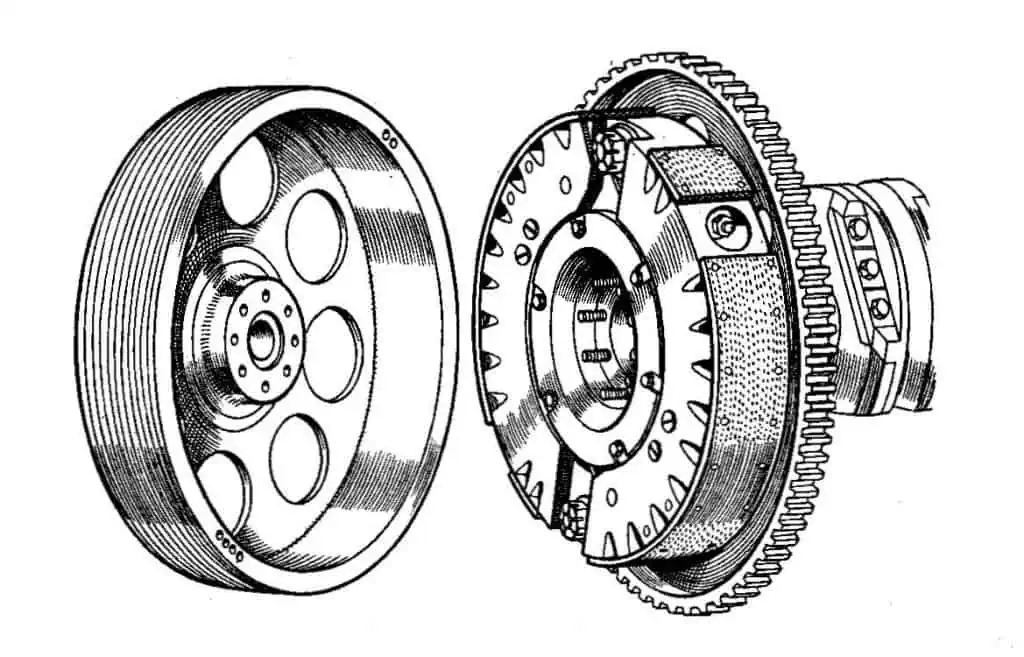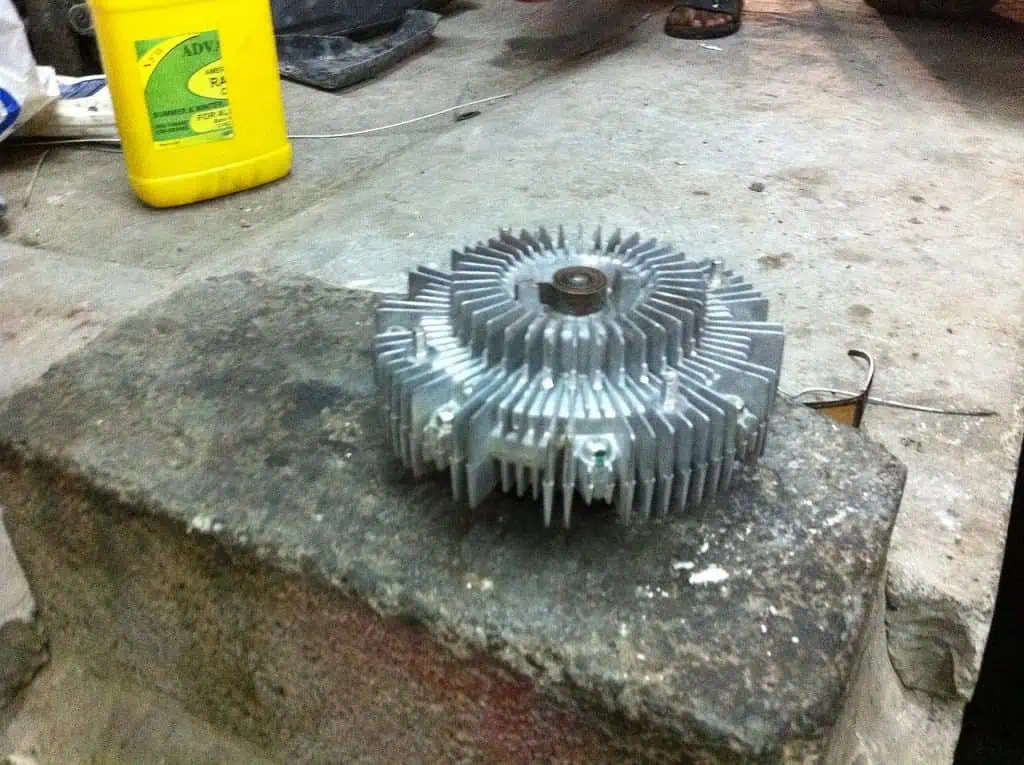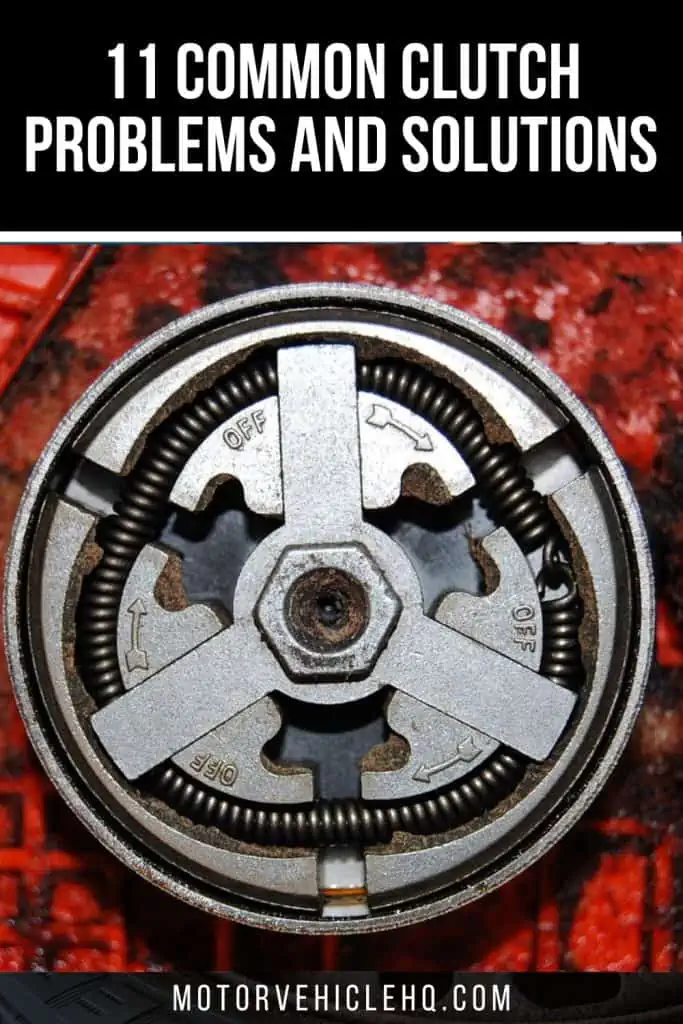If you operate a manual vehicle, have you recently discovered that your clutch is acting strangely? Do you believe that these could be clutch-related symptoms?
If this is the case, we can assure you that you have come to the correct place since there will be much to discuss in this article as we learn everything there is to know about clutch issues and fixes.
Your primary objective should be to conduct thorough research before making assumptions about what might be wrong with your car.
Not that you alone will be insightful about what might be the case. But because mechanics occasionally misdiagnose things, having this information will also enable you to save hundreds of dollars.
In particular, clutch problems can be challenging to identify as you are surely aware. A part that is invisible to the human eye is the clutch.
And to appropriately diagnose this component, a detailed examination must be conducted. Nonetheless, you shouldn’t worry because we’ll support you in solving this issue.
We will first study what a clutch is, and then we will discover what a manual transmission is. We’ll do our best to convey to you the importance of this part for your car.
The distinctions between an old clutch and a new clutch will then be discussed, along with other typical clutch issues.
After that, we’ll go into identifying problems, how to test your car’s clutch, and the fixes and costs associated with this maintenance. So, keep reading if you want to discover more.
A Manual Transmission: What Is It?
Before we delve into the signs of a slipping clutch, let’s first go over some fundamentals and understand what a manual transmission is.
As an overwhelming majority of transmissions used in the US are automatics, a lot of people are curious about how this sort of gearbox works in its most basic forms. A strong introduction will therefore be quite helpful.
Friction disk for a dry clutch by Sonett72. The clutch disc is momentarily losing contact with the flywheel if your clutch pedal is vibrating.
What exactly is a manual transmission, then? As the name suggests, a manual transmission is a type of transmission that requires manual gear shifting.
This can get monotonous and tiresome. As a result, many Americans choose automatic transmission over the manual gearbox. And I fully comprehend them. When you’re stuck in bumper-to-bumper traffic, driving a manual car can be a real struggle.
But, given how much fun manuals are to drive, we cannot disparage them. I drive a manual, and I find it to be a lot of fun to shift gears on your own and discover the full power of your engine.
A manual transmission is ideal for this since it allows you to shift gears at any desired RPM range. And because of this, they remain a popular choice for anyone seeking an enjoyable and thrilling experience.
In contrast to automatic transmissions, these are simple devices that break down quite infrequently. But, there is some wear and tear parts. Like the clutch, which can malfunction and result in the symptoms of a slipping clutch.
What are the symptoms, then? After learning the fundamentals of the clutch, we will discuss them later.
A Clutch: How Is It Defined?
As a result, we learned the fundamentals of manual transmissions. We discovered that with this style of transmission, the driver shifts manually and has complete control over the gear to choose from.
But what about the clutch, which is the mechanism that enables this? Before we go into the signs of a slipping clutch, let’s learn more about it.
So what exactly is a clutch? A clutch is only a large disc with friction material on it, after all. The engine and the transmission are separate, as you are surely aware.
In a manual gearbox car, the clutch is essentially what joins these two parts. The engine’s crankshaft and transmission are independent parts.
Also, the friction material on the clutch merely forges a solid bond when it engages the flywheel that is attached to the engine. Moreover, this friction material enables gear shifting, allowing you to cycle through all of the gears.
The clutch operates entirely mechanically. Between the pressure plate and the flywheel is where the clutch is situated. The fork and throwout bearing are moved inward when you depress the clutch pedal.
As a result, the fork compresses the pressure plate’s diaphragm and releases the clutch from the engine.
You can therefore put the transmission in any gear you like during this breakaway time when the clutch is removed.
The clutch returns to its usual position and firmly grips the flywheel after the shifting procedure is complete and you release the pedal. What about the signs of a slipping clutch, though? Soon, I’ll say more about that.
What Makes a Clutch So Essential In a Car?
Let’s focus a little more on the significance of this component and discover why the clutch is an irreplaceable component in manual transmission automobiles before we go into the signs of a sliding clutch. Why is the clutch such a necessity?
Cascaded pawl single revolution clutch by Douglas W. Jones / CC0. If spinning parts in the transmission shake or vibrate, you might get a pulsing feeling in the clutch pedal. These circumstances may be brought on by broken release levers or deformed flywheels.
As you are surely aware, whether an automatic or manual, this occurs in every vehicle. Energy conversion ought to occur.
At 800 RPM when the engine is idling, the crankshaft is producing rotational energy and spinning quickly. Thus, it is impractical to transfer this energy straight to the wheels. Any driveshaft will break apart at these rotations.
Thus, energy conversion is necessary. Here, the transmission enters the picture to transform the crankshaft’s rotary energy into torque. The rear wheels receive this torque after that.
As you may anticipate, the flywheel is rotating at a minimum of 800 RPMs. Strong friction is also necessary for the transmission to make good contact with the flywheel.
To help the transmission grab the flywheel and then work its magic to transform the rotational energy into torque, the clutch enters the picture in this situation.
Lacking the clutch and is in decent shape. It will be impossible to convert the energy in this way. Hence, if there is insufficient gripping surface The transmission won’t want to engage the flywheel because the clutch will slip.
Or it will repeatedly engage and then disengage and slide into this state. Because of this, having a healthy clutch is very crucial. But what signs indicate a slipping clutch? We will go into more detail on it in a moment.
Which Parts Make Up a Clutch System?
To diagnose a clutch issue, you must first comprehend what a clutch is and how it interacts with the powertrain of your car.
In a car or other mechanical device, a clutch is a mechanical component that engages and disengages the powertrain or transmission between several spinning shafts.
The clutch joins the two shafts, enabling them to be detached and spun at various speeds or locked together and spun at the same speed.
In most cars, the clutch controls how much torque and power is sent to the wheels from the engine’s primary driveshaft. Any force applied over a long distance is referred to as torque. It is measured in newton meters or foot-pounds.
Your car needs a clutch because when it is started, the engine spins continuously but the wheels do not. You must detach the wheels from the engine to stop your car without turning off the engine.
The friction between the engine’s flywheel and the clutch disc allows you to connect a spinning engine to a sometimes spinning transmission.
When a clutch is not engaged, clutch pressure plate failure symptoms might still manifest, and it is advised to seek professional assistance during a car service in Reading.
The clutch springs press the pressure plate up against the clutch disc. This forces the flywheel to spin at the same speed as the engine and secures it to the transmission’s input shaft.
The parts of a clutch assembly are as follows:
- The clutch disc: Attaches to the transmission
- The release mechanism: This might be hydraulic or mechanical.
- The cable that attaches the fork to the clutch pedal.
- The linkage that attaches the pressure plate to the fork.
- The linkage that attaches the clutch disc to the pressure plate.
- The part that joins the engine and flywheel is the flywheel itself.
- The input shaft and clutch disc are joined by the pilot bearing.
- The release is a phrase used to denote the process of releasing bearing; it is sometimes referred to as “throw-out,”
- The force in between the pressure plate as well as the clutch is managed by the clutch fork via a connection.
Close-up of the centrifugal clutch by Fletcher6 / CC BY-SA 3.0. A stuck clutch pedal can be an indication of a linkage or release-bearing problem. Check the linkage’s springs to make sure they aren’t stretched out; if they are, they could need to be adjusted.
What Types of Clutches are Available for Cars?
In cars, various clutch system types may be found. Here are a few of the most significant ones:
1. The Single-Plate Friction Clutch
This is the clutch that is used in manual cars the most frequently.
2. The Multi-Plate Wet Friction Clutch
They are typically found in semi-automatic vehicles and motorbikes.
3. The Multi-Plate Dry Friction Clutch
They are typically installed on motorcycles with great performance.
4. The Semi-Centrifugal and Centrifugal Clutch
Mopeds and gasoline-powered equipment like lawnmowers and chainsaws include these.
5. The Fluid Clutch
While there are many different kinds, torque converters are the most prevalent and are exclusively found in automatic transmissions.
Although the various clutch systems perform comparable tasks, their mechanics and operational principles vary.
Knowing what kind of clutch system your car has is important since it may require different maintenance.
For instance, a single-plate or multi-plate friction clutch connects and disconnects the engine and transmission by employing springs to engage and disengage various plates.
But, they can also be controlled electrically, by a hydraulic system, or by a cable.
As torque converters have fewer parts, problems are typically less likely to occur.
But, the transmission fluid that powers them and the rest of the automatic gearbox needs to be changed because it deteriorates over time. As part of the transmission service, this is done.
The New Clutch Vs. The Worn-Out Clutch: What Is the Difference?
Let’s first discuss the distinctions between a worn clutch and a new clutch before moving on to the signs of a slipping clutch. Before discussing the aesthetic distinctions, let’s first discuss the differences you will experience while operating the car.
In terms of the performance variations, we can state that a fresh clutch will latch onto the flywheel right away. No delays will occur, and the power delivery will be flawless.
There won’t be any of the signs of a slipping clutch that we’ll discuss later. Overall, a good clutch performs quite differently from a bad clutch.
The performance will be better and the automobile will pull harder right away if the clutch has more life.
Also, if you position two clutches side by side. You’ll see that the worn-out clutch has completely run out of friction material. The friction material that is still on the plate itself will also sustain damage.
The friction material will be pretty thick on a fresh clutch. And when you compare them side by side, even someone with no prior knowledge of automobiles can determine which is which.
A sprang clutch by Old Moonraker. It’s possible that your clutch feels odd, which could mean that something isn’t working properly. Your brake fluid may be low and contribute to the mushy or spongy sensation in the clutch slave cylinder. The clutch line, a part of your gearbox system, may also feel as though the air is entering it if you have this sensation.
What signs indicate a slipping clutch, then? In the chapters that follow, where we will go into great detail, we will discuss more on the symptoms.
Which are the Most Common Symptoms of a Bad Clutch?
Up to 100,000 miles should pass before a clutch needs to be replaced. This depends on the brand, model, and year of the car, the clutch type, as well as how you drive.
Stop-and-go traffic, hauling heavy loads, abruptly engaging or “dumping” the clutch, and “riding the clutch,” or keeping your foot on and partly engaged while slowing down, are all variables that can lead to clutch failure and necessitate clutch replacement right away.
Clutch failure symptoms should be easy to see if you pay attention to your car. To determine what’s wrong and where it’s coming from, keep an eye out for noises, clutch pedal behavior, and performance.
Some of the issues you need to pay attention to are as follows:
1. When Engaged or Disengaged, the Clutch Pedal Chatters
Your clutch pedal vibrating indicates that the clutch disc is momentarily losing contact with the flywheel.
When the engine is off and you press or release the clutch pedal or both, and you hear a noise, the clutch release mechanism, also known as the “clutch fork.” most certainly needs to be repaired.
The clutch fork is an assist for clutch engagement and disengagement that is mechanical or hydraulic. You will hear noises as the mechanism ages and loses lubrication. A cable, rod, or connection scraping might also generate squeaking or clunking.
2. When You Accelerate, the Clutch Pedal Pulsates
You may notice a pulsing sensation in your clutch pedal if rotating components in your transmission shake or vibrate. These situations can be the result of deformed flywheels or a broken release lever.
The transmission housing is likely out of alignment with the engine if the pulsation or vibration began after you service the transmission.
3. The Pedal for the Clutch Is Still Stuck on the Floor
A linkage or release bearing issue is indicated by a clutch pedal that doesn’t move off the floor. Make sure the linkage’s springs aren’t stretched out in this situation; they could need to be modified.
Also, you should check the release bearing and guarantee the pedal stop is in its proper location.
4. The Clutch Pedal Feels Spongy or Loose
Your clutch may feel different, and this could indicate that something isn’t functioning properly.
If the clutch slave cylinder feels mushy or spongy, your brake fluid may be low and causing this. This sensation might also be a sign that air is entering the clutch line, a component of your gearbox system.
This can be fixed by adding more brake fluid after bleeding the clutch, which involves removing air bubbles from the hydraulic system.
By taking off the top from the brake fluid reservoir and adding new brake fluid to the contents, you can replace the brake fluid once the clutch has been bled.
While you can perform this task on your own, it is always a wise decision to let a qualified mechanic handle it for you. You may schedule a professional brake fluid change right now and be assured that everything has been done correctly.
An electromagnetic clutch by Ulfbastel. To fully depress and engage, every clutch requires some input or force from the drive. If you have to apply excessive pressure to engage the clutch, the release mechanism is malfunctioning. This is a stuck or binding pedal linkage, cable, cross shaft, or pivot ball in mechanical applications. In hydraulic systems, a blockage or defective seals are the likely culprits.
5. It’s Hard to Press the Clutch Pedal
Every clutch requires some input or force from the drive to fully depress and engage. The release mechanism is broken if you have to use too much pressure to engage the clutch.
In mechanical applications, this is a stuck or binding pedal linkage, cable, cross shaft, or pivot ball. A blockage or damaged seals will cause this in hydraulic systems.
In mechanical systems, check the cable, linkage, clutch fork, pressure plate, and throw-out bearing to see if they are worn out or improperly greased.
6. Problems Maintaining Gear
Slipping gears is one of the most typical signs of clutch trouble. Simply defined, this is when the transmission in your car struggles to maintain a gear.
While driving, you can experience unexpected revving or hesitation as your transmission shifts out of the right gear if your gear slides.
It’s crucial to have a technician diagnose what repairs are required as soon as possible because this symptom also contributes to various drivability and safety issues.
7. You Can Detect a Burning Odor While Driving
While driving, a burning smell may indicate several repairs. Take notice of the burning smell’s occurrence times as well as any additional symptoms you may encounter.
Most frequently, you’ll also notice slipping gears and a burning odor. But, whenever you smell burning while driving, it should be taken seriously and examined by a reliable specialist.
8. Having Trouble Shifting Gears
You can shift gears by disengaging the engine by applying the clutch. When you accelerate too quickly, your clutch may become worn out and cease to function properly.
A burning rubber smell could be a warning that you are pressing too firmly against the clutch and creating too much heat and friction. If the same stench is present when shifting gears, you can have clutch issues.
You should ease off on the clutch while driving to save wear and tear and stop the issue from getting worse. Try not to rev your engine excessively while accelerating just enough to prevent stalling.
Stalling frequently can harm the clutch and be expensive to fix, thus it is worth breaking this behavior as soon as possible. If you can crank the engine but only get modest acceleration, that could also be a symptom of clutch failure.
When you press the pedal or attempt to change speeds, your gearbox can also start to make grinding or squeaking noises. Growing noises may be related to the transmission fluid, whereas pedal noises are typically indicative of issues with the clutch assembly.
It is best to have a qualified mechanic examine the problem if you are having trouble shifting gears.
9. A Rigid Clutch
Similarly to this, there might be a leak if your clutch pedal continues locking into place when you press down on it. If you want to know if this is the case, look underneath your car for any pooling.
Your foot may slip off the clutch pedal more easily if the brake fluid has leaked onto it, giving you less control over your car.
A centrifugal clutch by Andy Dingley. One of the most common symptoms of clutch failure is gear slippage. Simply put, this is when your car’s transmission has trouble keeping a gear engaged. If your gear slips while you’re driving, you can encounter sudden revving or hesitation as your transmission moves out of the proper gear.
An obstruction in the hydraulic system may cause trouble depressing the clutch. Instead of using cables to shift the clutch disc, hydraulic clutches, which are more common in current cars, employ hydraulic fluid (also known as braking fluid).
The clutch won’t be able to disengage when necessary if the hydraulic fluid isn’t assisting the system to functioning as it should.
As was already mentioned, try to refill any lost brake fluid, and then bring your automobile to a shop so they can fully stop the leak. After all, you don’t want to let these issues linger if this leak indicates that oil is dripping from the engine or transmission.
The clutch pedal may be starting to feel stiff if one of the gearbox’s component elements, such as the pivot ball or cross shaft, has worn out.
You must have this inspected by a qualified mechanic because some parts naturally wear out over time. They can take care of the problem for you so that applying the clutch is as effortless as it was when you initially started the vehicle.
10. A Clutch That Slips
When your clutch is operating properly, it should be able to transfer engine power to your wheels, allowing your automobile to advance.
When the clutch tries to engage in the same manner but no power is sent to the wheels, it is considered to be slipping. This occurs when the clutch plate is having difficulty grabbing the flywheel due to wear. Your car won’t move if the wheels aren’t powered.
Another indication that the clutch is slipping is that shifting gears doesn’t need as much effort as it usually does. Not replacing the defective component could be quite risky, especially if your clutch fails abruptly while you’re driving. It might also fail in other parts.
Before even more components are impacted, spare yourself the anxiety and have your clutch changed by a qualified repair right away.
11. When Shifting Gears the Transmission Fail to Engage, and There Will Be a Grinding, Whirling, or Chirping Noise In Neutral.
Of all the clutch failure symptoms, this one is the most challenging to pinpoint. A worn-out input shaft bearing may be to blame if your car makes a grinding, spinning, or chirping noise in neutral but stops when you push the clutch pedal.
If you start experiencing issues, be sure to consult your auto mechanic or look for a car service near me because it’s not always obvious if the issue is brought on by a malfunctioning clutch or a poor transmission.
If you hear grinding while changing gears, the clutch disc is still engaged. The clutch pedal is fully depressed, but the gearbox input shaft keeps turning.
Your transmission will grind if you attempt to shift while in reverse or any other situation because the input shaft is still spinning.
Any number of problems with the pressure plate, throw-out bearing, or release mechanism could be the cause of this grinding. A mechanical release system’s cable could be damaged, frozen, stretched too far, or require correction.
A hydraulic system that grinds could have a clutch master cylinder issue, such as low fluid, the air in the system, or a worn-out internal cylinder mechanism. Also, inspect the clutch pedal assembly. The pedal may need to be modified since it has too much free travel.
It may be challenging to shift into or out of reverse or third gear if your clutch is acting up. A stuck gear could be an indication of a clutch plate that is warped or damaged, a linkage that needs to be adjusted, or both.
A fan clutch by File Upload Bot (Magnus Manske) / CC0. A burning scent while driving could mean multiple repairs. Pay attention to the times the burning smell occurs as well as any other symptoms you may have. Usually, you’ll also experience a burning smell and slippery gears. But, you should always take any burning smell you experience while driving seriously and have it checked out by a trustworthy expert.
Failure to engage in a hydraulic system could mean that the master, slave, or both cylinders are malfunctioning.
This is typically accompanied by a change in the clutch pedal’s feel, which may become spongy, loose, or less effective at catching than it once was.
On a mechanical system, your problems could be with the clutch disc or pressure plate, release lever, release bearing, shift lever assembly, or control cable.
If I Continue to Drive with a Bad Clutch, What Is Likely to Happen?
Drive at your own risk if your clutch is defective. Even though a clutch replacement is pricey, it’s cheaper than having to pay for a variety of unforeseen repairs that your car might require if you ignore the issue.
If you can, try to maintain good clutch health by identifying issues early and saving yourself the expense of future breakdowns, repairs, and anxieties.
How Do I Fix Clutch Problems?
Clutch failure is no joke. By applying light pressure on the clutch pedal when shifting gears and using it, you may take good care of your clutch. To maintain your car’s position on hills and relieve clutch pressure, use your handbrake.
Get your clutch fixed as soon as you notice a problem unless you want to struggle to find your way home.
The safest approach to make sure your automobile is roadworthy is to have your clutch examined by a qualified mechanic, regardless of the problem you think your clutch is having.
You can trust a reputable garage to provide you with advice on what’s best for you and your vehicle, whether this is as part of general maintenance or a complete clutch replacement.
How Much Does It Cost to Replace a Clutch?
Depending on the automobile type and labor prices, the cost to replace a clutch ranges from $500 to $2000 on average. While labor typically costs between $300 and $1500, a complete clutch kit can range from $200 to $400.
Simple clutch disc replacement is insufficient. The clutch pressure plate, throwout bearing, and occasionally the flywheel must also be replaced.
Fortunately, a complete clutch kit that includes everything you need is frequently available, which helps to somewhat lower the cost.
Due to the requirement to completely remove the gearbox and the specialized equipment required for this, replacing the clutch is frequently a challenging and time-consuming task.
After installation, many clutch pressure plates also require some specialized tools for adjustment.
Hence, if you only have rudimentary auto expertise, replacing the clutch is not advised.
Depending on the automobile and gearbox model, you might anticipate a total labor cost of $300 to $1500 if you let a repair shop handle it for you.
The Conclusion
We have talked about a lot of manual automobile clutch problems in this article. The function and definition of a clutch were first covered. The discussion then turned to the distinctions between a good clutch and a bad clutch.
Then, we discussed the most typical clutch issues and their fixes. We also learned about their representations and clutch testing. Finally, we talked about the price of replacing this clutch.
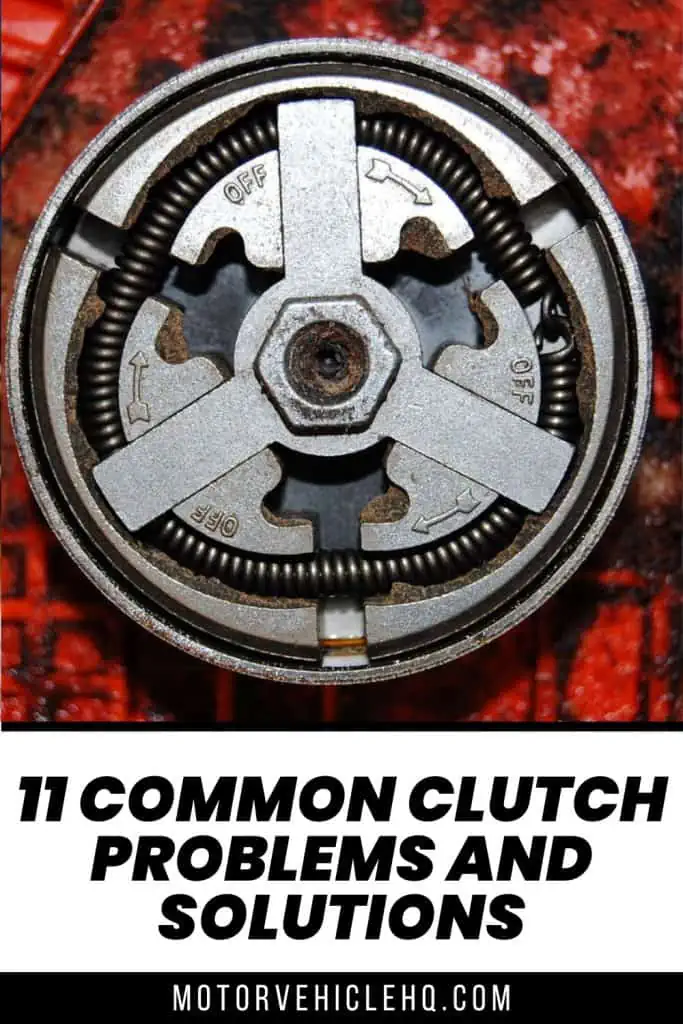
Close-up of the centrifugal clutch by Fletcher6 / CC BY-SA 3.0

Jim Wicks is the founder of MotorVehicleHQ. With over two decades of experience in the automotive industry and a degree in Automotive Technology, Jim is a certified car expert who has worked in various roles ranging from a mechanic, car dealership manager, to a racing car driver. He has owned more than 20 cars over the past 15 years. Ask him about any vehicle you see on the road and he can tell you the make, model and year. He loves the aesthetics of all things cars, and keeps his vehicles in pristine condition.
In his free time, Jim enjoys getting his hands dirty under the hood of a classic car or taking long drives along the country roads. His favorite car? A 1967 Shelby GT500, a true classic that, according to Jim, “represents the pure essence of American muscle.”
